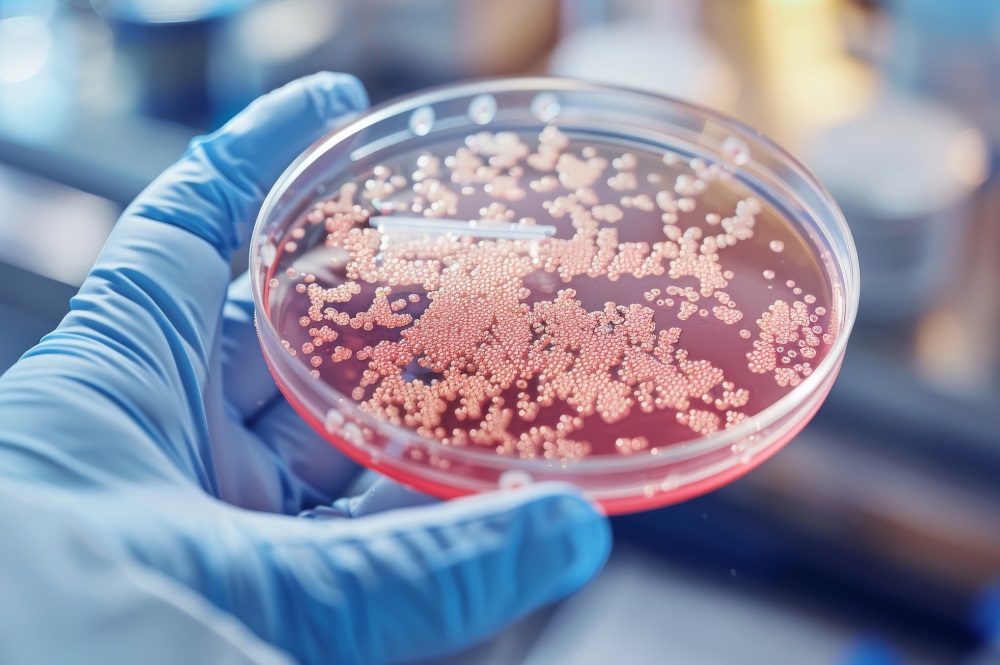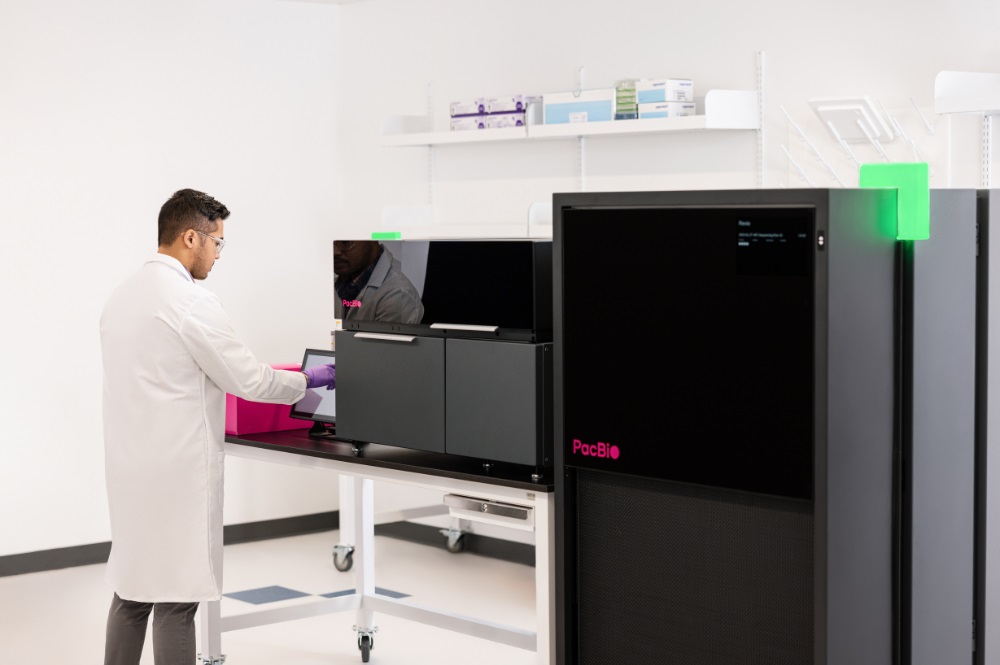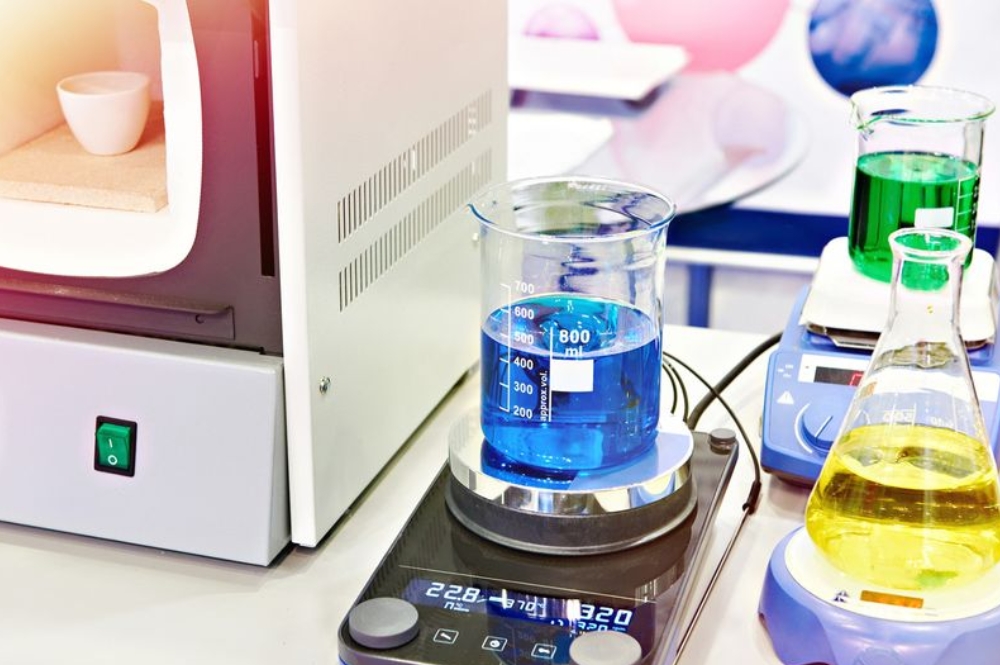Balanced Salt Solution
Most culture media are formulated based on a balanced salt solution (BSS), which mimics the ionic composition of bodily fluids. BSS is a combination of inorganic salts that protect cells from pH fluctuations while maintaining optimal osmotic pressure.
These solutions are enriched with amino acids, vitamins, and other essential nutrients to support cell growth. HEPES, a buffering agent, is often added to maintain pH stability. The earliest artificially developed culture medium, Minimal Essential Medium, set the foundation for subsequent innovations in cell culture media.
The Cornerstone of Cell Culture
Minimal Essential Medium (MEM) was designed to meet the minimum requirements for cell growth, containing 13 essential amino acids and eight vitamins. Its simplicity and effectiveness have made it a staple in the cultivation of various animal cell lines and adherent mammalian cells. MEM's optimal pH value is 7.2, making it suitable for a wide range of applications.
Advances in Culture Media
Dulbecco's Modified Eagle's Medium (DMEM) represents an improvement over MEM, offering more than double the amino acids and over four times the vitamins. DMEM is available in high glucose and low glucose formulations, catering to different cell types and their specific metabolic needs.
High Glucose DMEM (HDMEM) is often used for high-density cultures of suspension cells, such as hematopoietic stem cells, while Low Glucose DMEM (LDMEM) is favored for adherent cells, including rapidly growing tumor cells and mesenchymal stem cells.
Specialized Media for Targeted Applications
Various specialized culture media have been developed to address the unique requirements of different cell types.
- MEM (minimal essential medium, MEM): MEM is the minimum essential medium and contains 13 essential amino acids and 8 vitamins. The ingredients are simple and can be widely used in animal cell lines and most adherent mammalian cells. The optimal pH value is 7.2
- DMEM (Dulbecco's modified minimal essential medium, DMEM): DMEM is a culture medium improved based on MEM. The amino acid content is more than twice that of MEM, the vitamin content is more than four times that of MEM, and it contains pyruvate. DMEM is divided into two types: high glucose and low glucose. The glucose content of high glucose (High Glucose DMEM, HDMEM) is 4.5 g/L, and the glucose content of low glucose (Low glucose DMEM, LDMEM) is 1.0 g/L
Most cells that proliferate quickly are suitable for DMEM. If you want to subdivide it, HDMEM is generally used for high-density culture of suspension cells (ex. hematopoietic stem cell culture). It can also be used for the culture of myeloma cells and DNA transfection in hybridomas; LDMEM is mostly used for adherent cells, which is suitable for tumor cells with fast growth and poor adhesion. It can also be used for mesenchymal stem cell subgeneration. The optimal pH value is 7.2-7.4
- α-MEM (Alpha MEM): Contains additional amino acids, pyruvate, and vitamins, making it suitable for culturing difficult-to-maintain cells and mesenchymal stem cells (MSC). It contains more types of amino acids than DMEM. Its optimal pH is 7.2-7.4
- Ham's F-12: Initially developed for CHO cell cultivation, this medium is rich in amino acids, vitamins, and inorganic salts, much higher than MEM or DMEM. It is now widely used in low-serum culture and DNA transfection experiments in mammals. It can also be mixed with MEM in a 1:1 ratio for neural cell culture. The optimal pH value is 7.2-7.4
- DMEM/F-12: A 1:1 mixture of DMEM and F-12, of F-12’s rich ingredients and DMEM’s higher concentration of nutrients, which can reduce the amount of serum used. It is commonly used for mammalian cell cultures under low serum conditions and as a base for serum-free media development. The optimal pH value is 7.2-7.4
- RPMI 1640: Designed for suspension cells and human leukemia cells and is now widely used in the culture of special hematopoietic cells, normal leukocytes, malignant leukocytes, lymphocytes, T-cell lymphoma, and hybridoma cells. The difference between RPMI 1640 medium and the aforementioned medium is that it contains biotin, vitamin B12, and PABA, has a high content of inositol and choline, and has a large amount of phosphate, which is more suitable for immune-related types of cells, Therefore, it's often used involved in immune responses The optimal pH value is 7.0-7.4
- M-199 Medium: M199 is one of the early types of media developed. It was successfully produced by Morgan in 1950. It was initially used for the research of chicken embryo fibroblasts. Early stem cell research also mostly used M-199 for cell culture. M-199 can be used Transfected cells can also be cultured on cells derived from various species. Nowadays, M-199 is also developed as a basal medium (ex. SFRE M-199) as a serum-free medium. The optimal pH value is 7.0-7.4
The Role of Serum in Culture Media
While basal culture media provide the necessary nutrients, they alone cannot sustain cell viability. Serum, particularly Fetal Bovine Serum (FBS), needs to be added to supply additional growth factors and nutrients. The typical final concentration of serum ranges from 5-20%, with 10% being the most common for mammalian cell cultures. Some cell types may require alternative serum sources, such as horse serum or human serum (e.g., Platelet-Rich Plasma, PRP).
Tailoring Media for Optimal Cell Growth
Selecting the appropriate culture medium is crucial for successful cell culture. Factors such as serum content, growth factors, pH value, and specific cell line characteristics must be considered.
Experienced researchers often adjust these parameters based on the actual growth conditions of their cells, ensuring optimal outcomes for their experiments. For instance, insulin needs to be added when culturing liver cells. While the typical pH range for general culture media is 7.2 to 7.4, certain cell types may require a more acidic or alkaline environment, necessitating adjustments to the pH value to 7.0 or above 7.4. These adjustments are often made based on experience and tailored to the specific needs of the cells.









